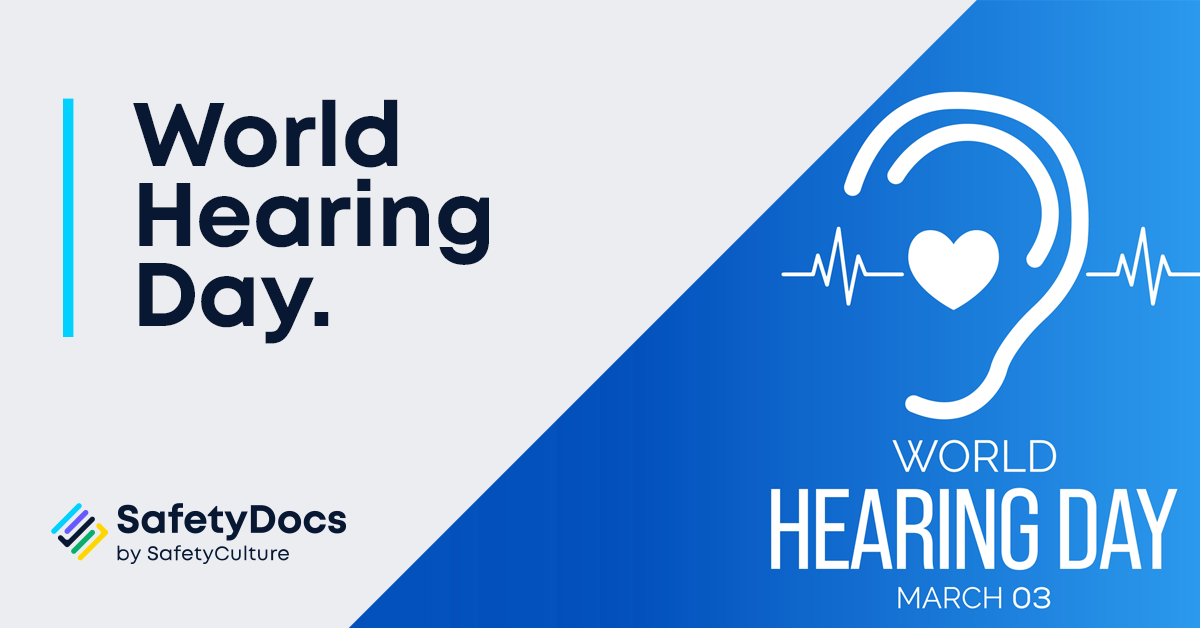Mar 9th 2022 |
Did you miss World Hearing Day?

Did you miss World Hearing Day?
March 3rd was World Hearing Day, a day to raise awareness on how to prevent deafness and hearing loss at work. According to the World Health Organization (WHO), 360 million people worldwide have disabling hearing loss.
While many factors can contribute to hearing loss, one of the most common causes is exposure to loud noise at work. Loud noises can damage the delicate cells in your ear that process sound, leading to permanent hearing loss if not addressed.
There are a number of steps you can take to protect yourself from developing hearing loss at work.
Firstly, try to eliminate the source of the noise if possible. If that is not practicable, consider moving away from the noise source and work in a quieter area. Lastly, wear ear protection such as earplugs or earmuffs when exposed to loud noises.
By following these simple steps, you can help protect your hearing and ensure a long and healthy working life. Happy World Hearing Day!
SafetyDocs have a range of hearing protection plans and registers to help you manage hearing loss at your workplace.
- Hearing Protection & Audiometric Testing Plan
- Noise Sources Checklist/Risk Register
- Noise Risk Register
- Audiometric Testing Record

Although much of Australia's southeast is experiencing flooding rain and cooler temperatures, many areas of the country are still experiencing high heat and humidity.
When working in hot weather, it is important to take precautions to avoid heat-related illnesses. These illnesses can range from mild dehydration to more serious conditions such as heat stroke.
• Some tips for avoiding these illnesses include:
• drinking plenty of fluids, preferably water;
• wearing lightweight, light-coloured clothing;
• avoiding strenuous activity during the hottest part of the day; and
• taking frequent breaks in a shaded or air-conditioned area.
In addition, employers should take steps to ensure that their workers are safe in hot weather. This includes implementing safety controls such as providing cold water and ice for workers to drink, scheduling breaks in shaded areas and allowing workers to wear loose clothing.
By following these simple tips and safety controls, workers can stay safe and healthy in hot weather.
Check out our range of hot conditions safety documents and manage working in the heat at your workplace.
Share This Article